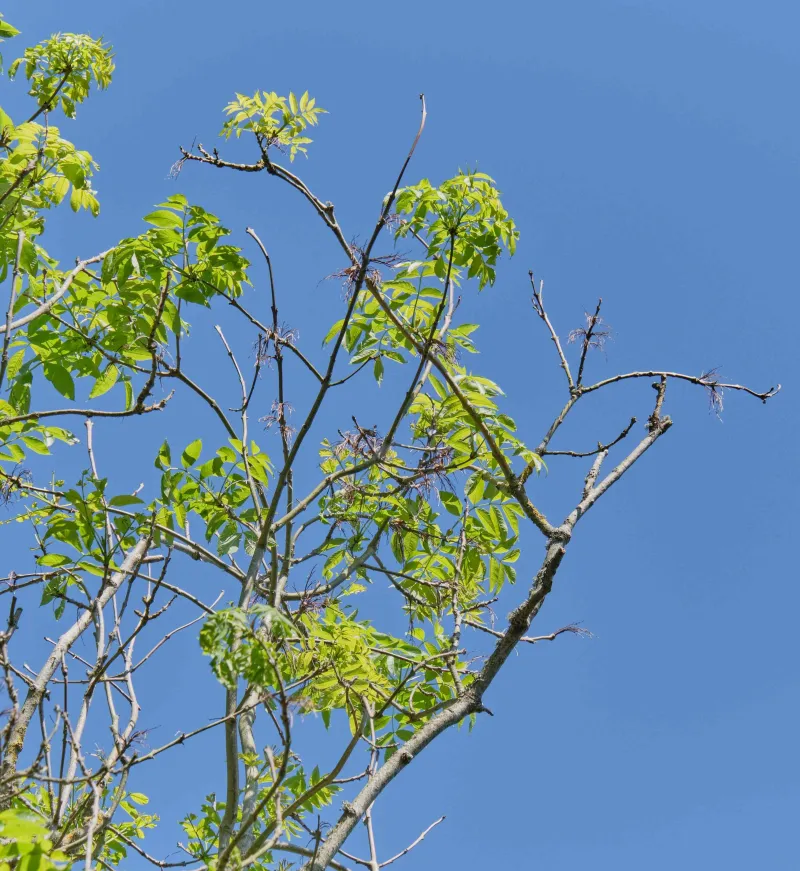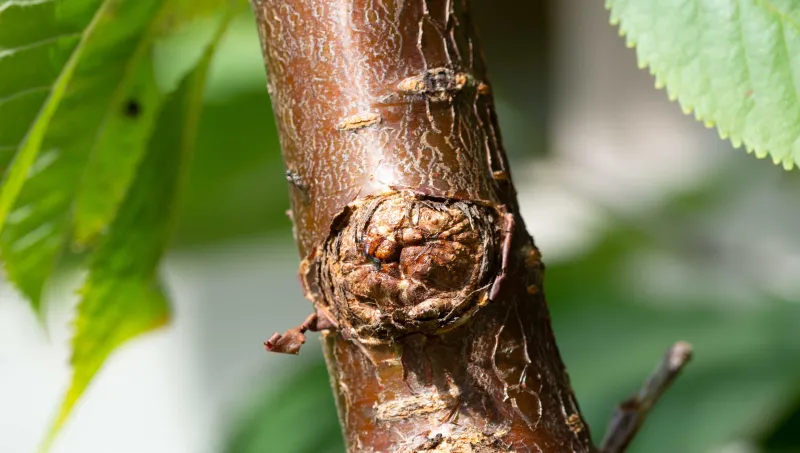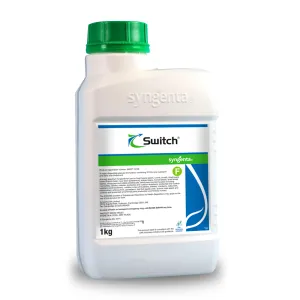The power of plant diseases
To answer the question, we need to look at how powerful plant diseases are to understand the risk - particularly those that have the ability to destroy whole species.
To a greater or lesser extent, plant diseases are everywhere. Whether it’s a touch of powdery mildew, or rust on our roses - all plants are susceptible, (especially those that are stressed for specific reasons), but there are particular diseases that are more aggressive than others.
Some have the ability to wipe out or seriously threaten entire species, as with Dutch Elm Disease, and more recently Ash Dieback.
Dutch Elm Disease is a fungal disease first identified in America in 1930. It was spread by Bark Beetles and quickly went on to decimate entire populations of Elms throughout most of Europe and north America.

Ash Dieback
Ash Dieback is also a fungus, originating from Asia. It devastated much of our native European Ash as it had no defence against the fungus (unlike its Asian cousins the Manchurian Ash and the Chinese Ash). We are still monitoring the impacts of Ash Dieback in the UK.
Financial loss
Then there is the financial impact of widespread plant disease.
A third of Italy’s Olive groves have been afflicted by the Xylella Fastidiosa bacteria in the last ten years – for example. The disease reduced Italy’s Olive Oil harvest by more than a third and has cost the Italian economy around €1bn to date.

Xylella Fastidiosa infected Olive trees in Puglia, Italy
A separate Xylella disease annihilated American vineyards last year – causing significant financial loss to the American wine industry. These are not isolated incidents.
Aside from the financial shocks of species destruction, the process of managing new plant diseases is complex.
Climate change, cross border transport, large-scale farming, import systems, and regulatory efforts all impact how a disease spreads and affects plant species - and all must be carefully controlled to ensure that potential damage from plant disease is minimised.
Recent data suggests that from 2015 to 2020, an average of 70 newly introduced plant diseases were identified in the EU - every year. The job of disease control therefore is not insignificant.
Damaging fungus
Some of these plant diseases are bacterial and less commonly, viral, but the vast majority of known plant diseases are fungal.
There are approximately 20 different categories of fungal diseases known in the UK, but there are thousands of fungi species.
Canker, for example, is classed as a fungal plant disease, but is caused by numerous species of fungi and bacteria. It attacks plants that may be stressed through temperature fluctuations, drought, pests, or nutritional imbalances, and can kill foliage as well as deform the stems, twigs or trunks of trees.
 Canker on a Cherry Tree
Canker on a Cherry Tree
Rust is caused by more than 7,000 species of fungi and has the potential to kill its host plant swiftly. It can impact economically important crops and requires commercial growers and farmers to maintain constant vigilance.
Is resistance possible?
Like many diseases, prevention is often more effective than cure. Prevention strategies that involve boosting a plant’s resistance are likely to help slow the spread of a disease, and like vaccinations in humans, have the potential to eliminate individual plant diseases.
Resistance enables a plant to restrict the development of a particular disease and therefore stave off the potential damage that would have been caused had it succumbed.
This is why so much is invested in developing disease-resistant varieties of plants; because the cost of species wipeout or treating entire crop species is often too high, or just not feasible.
You may see ‘disease resistant’ messaging on plants or seeds. While no plant is resistant to all diseases, disease ‘resistance’ is often bred into plants to help them combat a range of common diseases.
Be aware however, that when you buy a plant labelled ‘resistant’ it does not mean it will not succumb! The term ‘resistant’ just means that it has the ability to minimise the impacts of infection.
Perfecting prevention
Good disease control is underpinned by good plant nutrition and cultural techniques that help govern the way a plant grows. It is vital that good planting and disease prevention schemes are in place in commercial settings, in order to avoid crop destruction and serious food supply chain issues.
The same goes for forestry management, animal grazing, and amenity planting. Sound techniques coupled with the right fertilisers and disease treatment where needed can ultimately help support the economy and health of a nation.
And in a smaller way, our gardens are no different. By ensuring good plant nutrition and controlling plant diseases when we see them, we help stop the spread.








